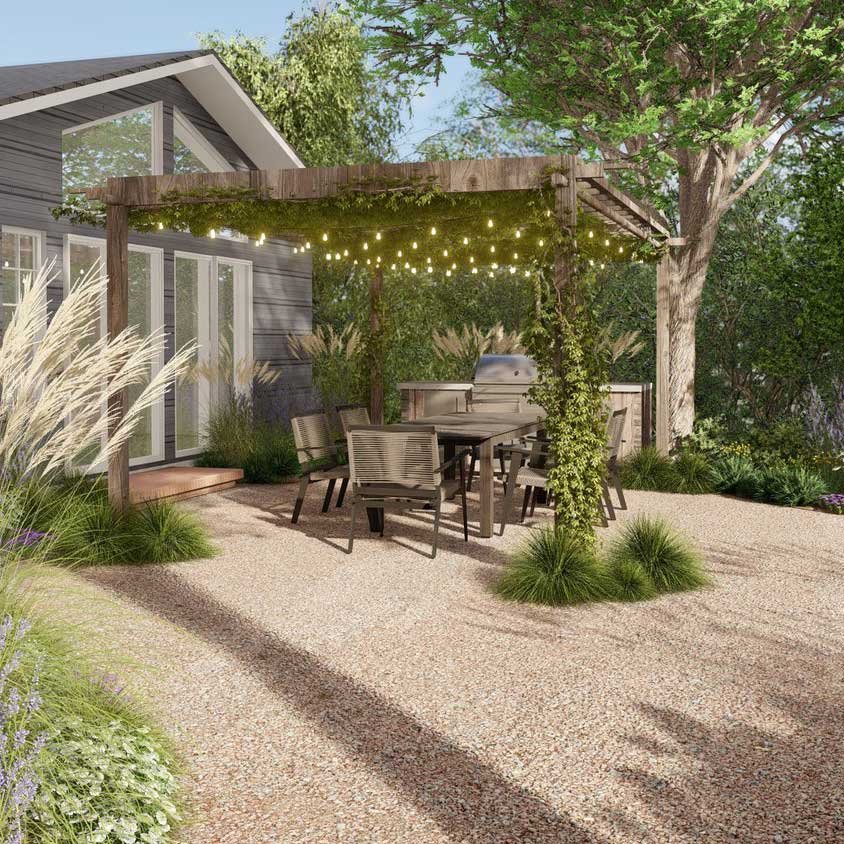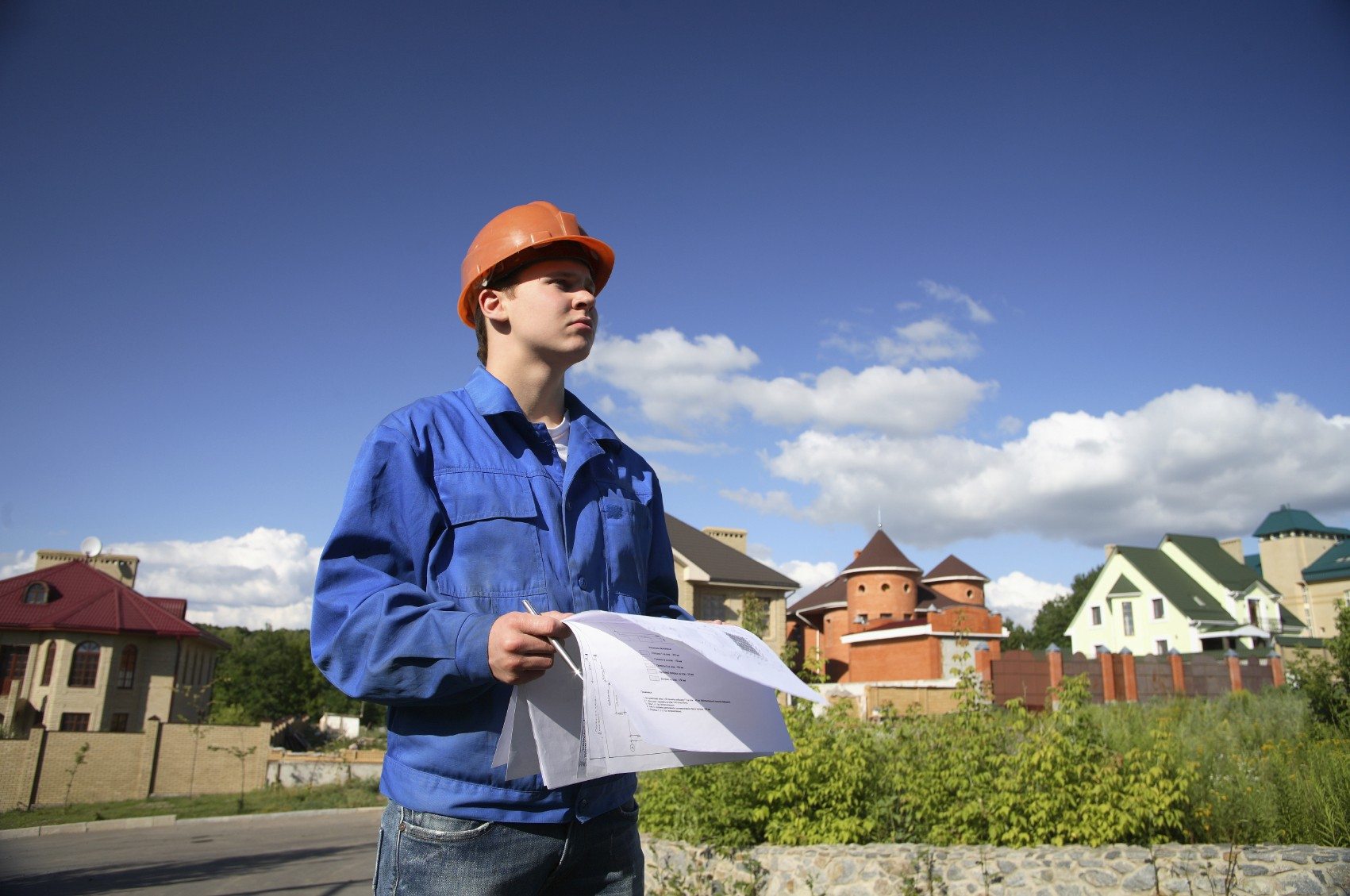The Of Landscapers
Table of ContentsWhat Does Landscapers Do?Landscapers Things To Know Before You BuyLittle Known Questions About Landscapers.Landscapers Can Be Fun For EveryoneGetting My Landscapers To Work
In the PNW there are semi-deciduous or semi-evergreen plants that may lose their fallen leaves depending on how cold the winter months is. - A level gathering area, made of timber or composite product (made to look like wood), normally nearby or connected to a framework.

- Granite that is weathered to the point that it is an extremely great accumulation. This is a natural process, and the outcome can be used for paths and patio areas. Disintegrated granite is usually referred to as DG. It is specifically beneficial in contemporary landscapes. - Secret landscape functions being proposed in a landscape style strategy.
Landscapers Can Be Fun For Everyone
These objectives lead the layout process, not the designer's style or preferences. Usual style objectives in Rose city are reduced upkeep, dry spell forgiving, and pet pleasant.
Over time this layer can get very thick and make it hard for water, sunlight, and nutrients to get to sections of the turf.- The process of collecting and controlling the circulation of water on a building. This can be done with grading, French drains, completely dry wells, absorptive surface areas, sump pump, rain yards, and more.
- A slow feeding watering system that uses versatile tubing and emitters to send out a precise quantity of water to each plant. - The ability of a plant to endure without much summer season water.
- A yard attribute where water is stood for by an accumulated stone item, usually a crushed rock or granite. These are most commonly located in contemporary and Japanese garden design.- A stone or flagstone outdoor patio, path, or pathway built without a concrete base. The base would certainly be compressed gravel and the joints would certainly be an accumulation or walkable ground cover.
Our Landscapers Ideas
- A rock keeping or totally free standing wall surface developed without the use of mortar. - A below ground structure that gather water and allows it to reduce percolate right into the dirt around it.
Landscape design that is suitable with a sites' setting in both appearance and sustainability without negative effects to the environment. Interrupting the landscape is a line of separation that creates visual passion in the yard by separating one section from another section. look at this website This can be visual or useful, keeping one aspect (such as pea crushed rock) from getting combined right into an additional (like bark dirt).
Locations can additionally have a sensation of "enclosure" provided by trees, various other plantings, fencings, or screens. The landscape near the entry to a structure. A tree, bush or vine, educated to expand on a wall or fencing into a particular pattern. Especially beneficial for fruit trees, making it easy to collect the fruit and having mess.
A plant that is not native to the area where it will be planted. Thicker bladed lawn grass that spread by means of rhizomes.: The degree of soil on your residential property before bark dust or garden compost is spread out.
Getting The Landscapers To Work

The best site purpose, factor, or activity that an area is be landscaped for. Room for expanding plants for viewing, consuming, or physical activity.
Rock product, either rounded or fractured, that is reasonably little- typically 1" or less. Reduced plants that are allowed or urged to spread out over an area. Can describe any type of "hard" yard elements consisting of statuary or stones but the majority of generally is utilized to describe paths, patios, and walls.: Elevation difference in between the level of water in a fish pond (or the degree of the pump if it sits outside the fish pond) and the top outlet of water which impacts efficiency of the water pump Visit Website in gph (gallons per hour). Thick shrubs or trees that create a fence, screen, or border.

Landscapers - An Overview
An even more kicked back garden dominated by curved instead than straight bed lines and a much less inflexible framework. Standard PNW landscapes are informal. A plant that spreads greater than wanted, or right into environments where it does damage. Portland has a checklist of intrusive plants that must not be set up in landscapes since they can spread to forests or waterways and be tough to manage.
Can consist of head placements and coverage, pipeline sizing, GPM specs, and materials needed to mount this system. Licensed expert that develops landscapes, schooled in engineering and architecture as well as in horticulture.
Landscape developers usually have less schooling than Landscape Architects and are not licensed. A finished landscape design, detailing all aspects for the brand-new landscape.
Calcium material utilized to raise the pH in dirt, which will certainly make it less friendly to moss. A water tight HDPE product made use of underneath fish ponds, streams and waterfalls in water functions. Making use of several plantings of the exact same range to load in an area in the landscape. This can lower maintenance and water use in the yard.